
Installing DCC and Sound into Locomotives
$39.99
$8.00
At a Glance:
- In-depth Instruction; over 77 mins
- On-demand video access anytime
- Bonus downloadable PDF resources
- Access to class Q&A
Description
As the model railroading hobby advances, sound is becoming significantly more prominent in model locomotives.
From the indistinguishable sound of a steam whistle, to the roar of a GE locomotive in full throttle, sound is a growing aspect of the hobby that adds more realism, and fun, to your models and layout.
However, not all locomotives can be purchased from the factory with sound. Often times, installing a DCC and sound decoder into a locomotive is necessary. It is not always seen as an easy task. Removing the shell, rewiring the locomotive, and modifying an expensive model may seem intimidating at first.
With this class, led by your instructor Josh Clark, you’ll learn everything you need to install decoders with confidence.
Beginning with some background information, such as what DCC decoders are, in addition to helpful skills, such as how to professionally solder, we will begin by laying a foundation to start the installation.
We’ll also cover other relevant topics, such as how to install LED lights, how to install and maximize the performance of the speaker, and how to install a capacitor to keep your locomotives running over dirty track. Furthermore, we will talk about choosing the best types of decoders, speakers, and capacitors that will be best for your own installation.
You’ll see two specific installation examples in the class. The first is an installation of an ESU LokSound decoder into a diesel locomotive, and the second installation is a TCS WowSound decoder into a steam locomotive.
In addition to the detailed video instruction, you’ll also get a helpful Class Guide PDF that you can print out and use as a reference to help work through the key aspects of adding sound and light into your system, as well as a supplemental PDF that will help you source speakers, decoders, and LED lights.
Class Sessions
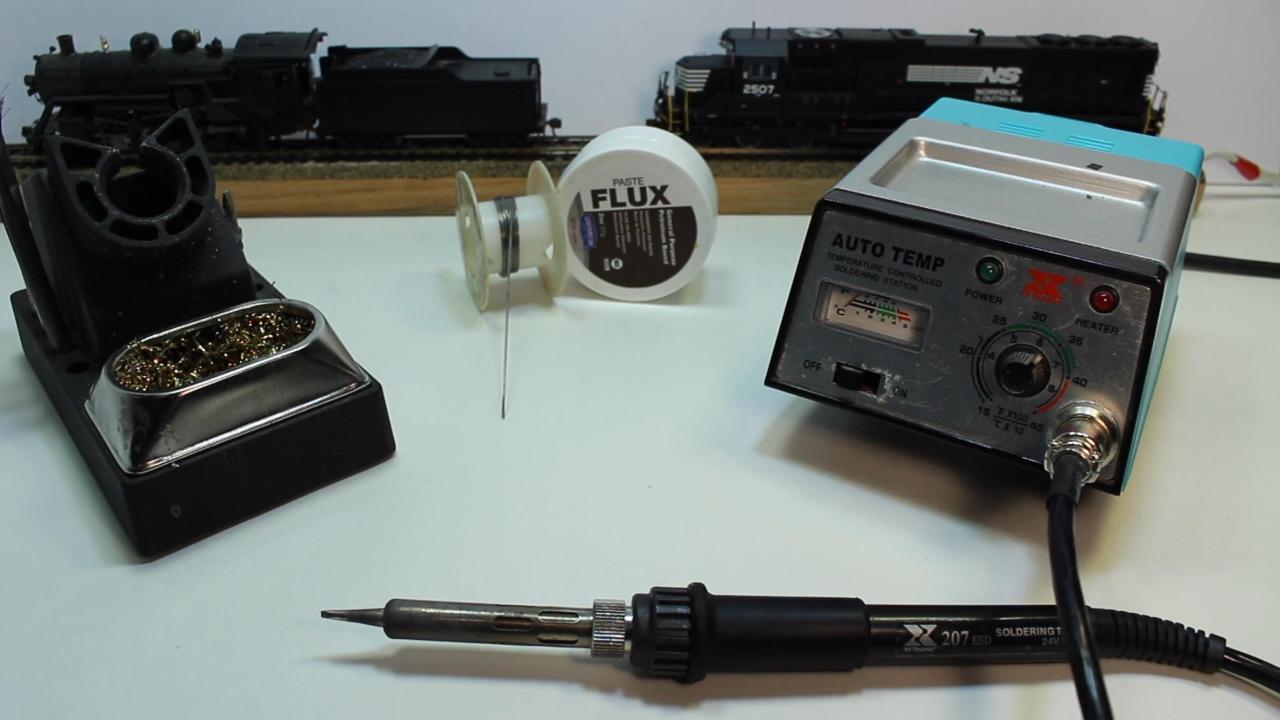

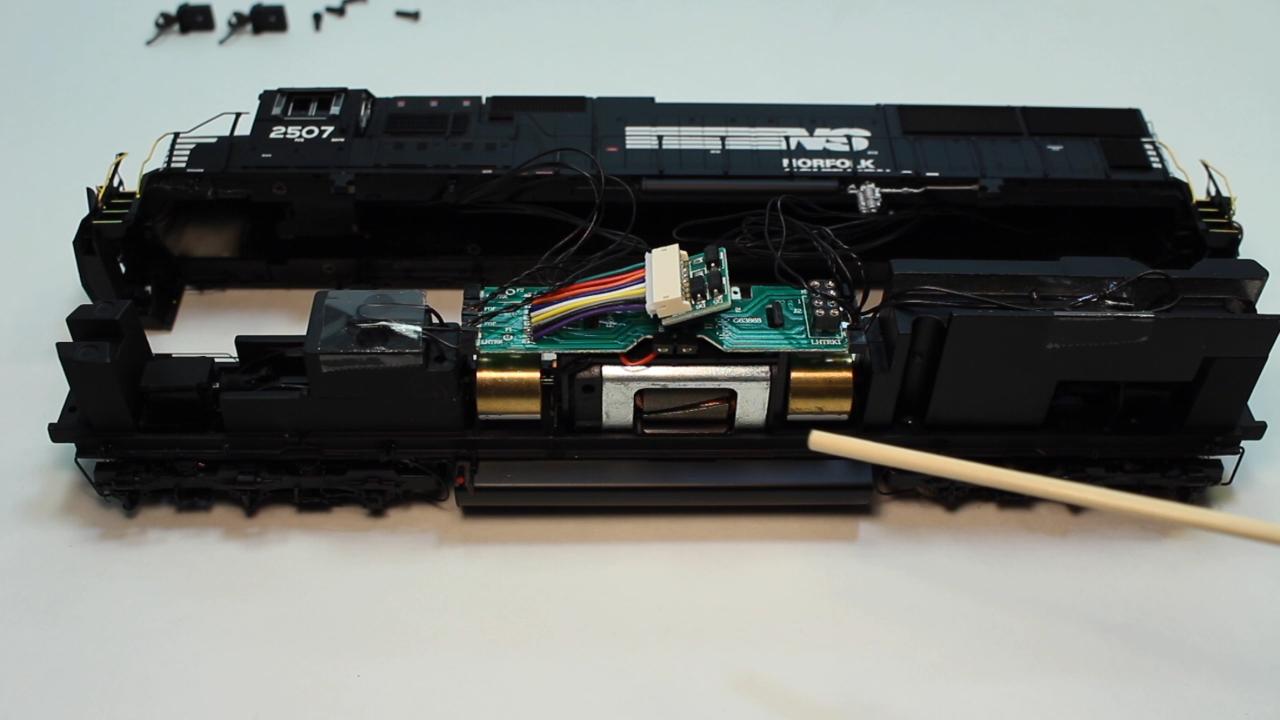
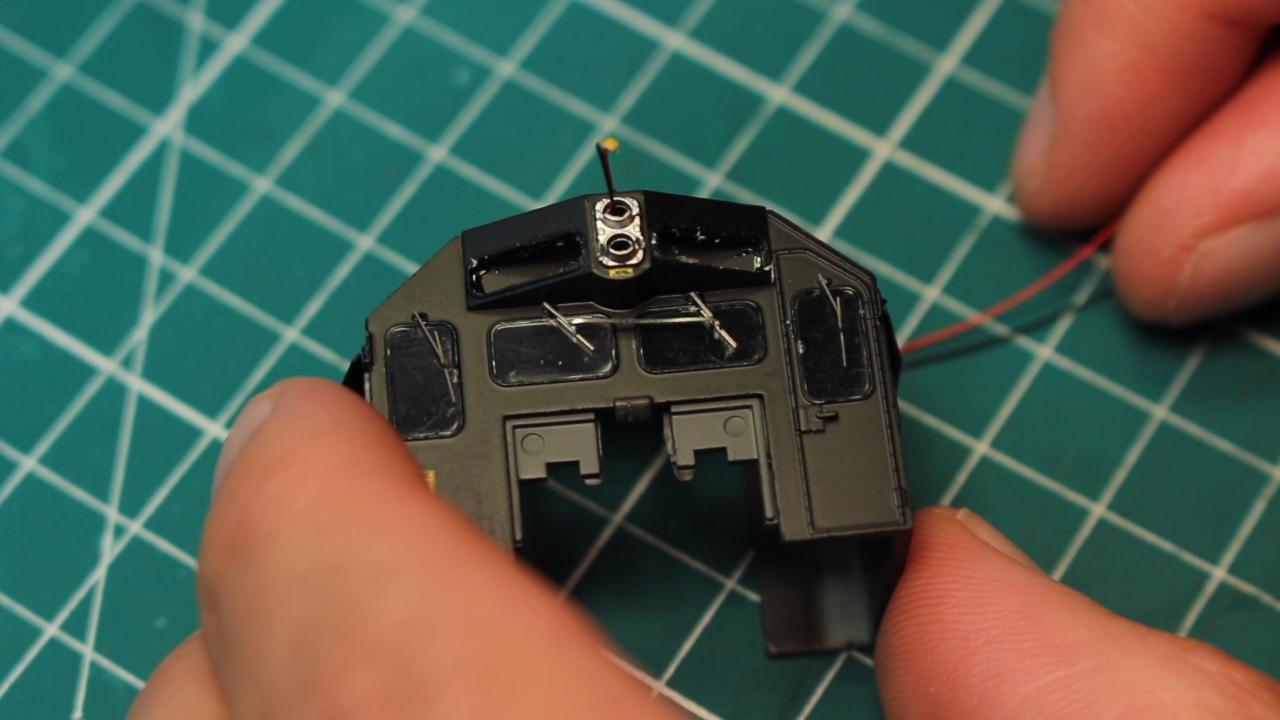
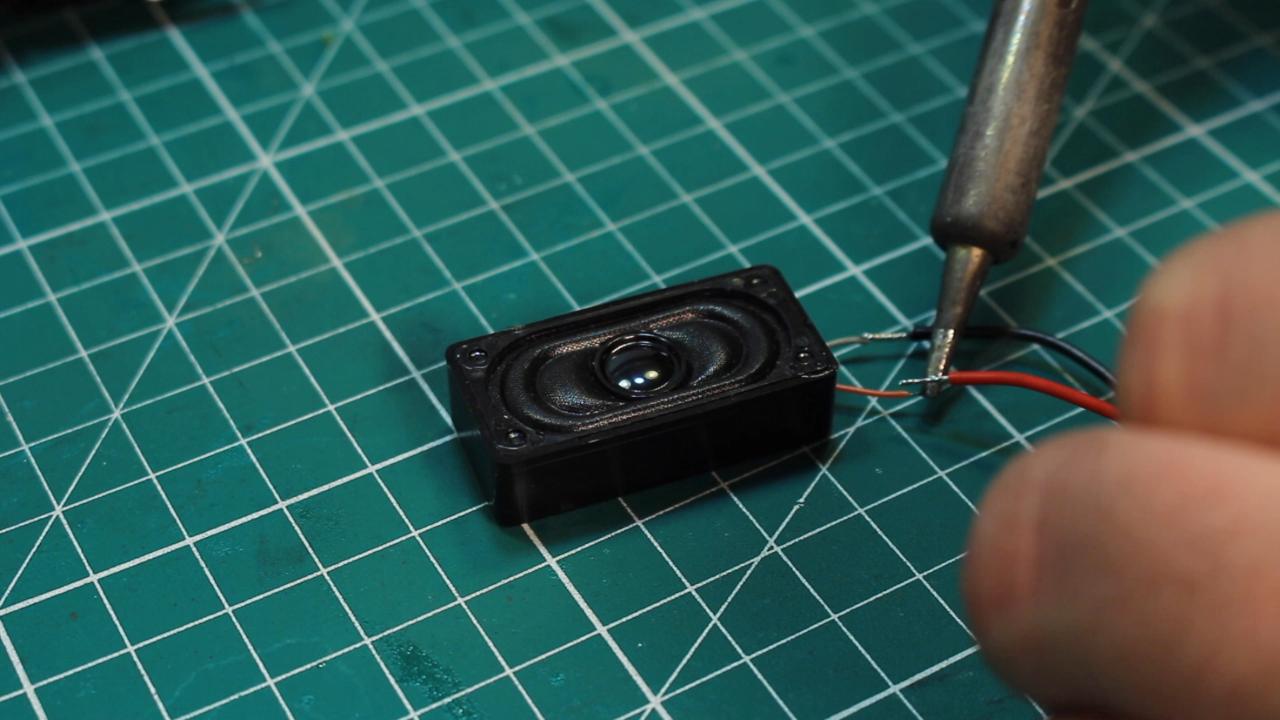
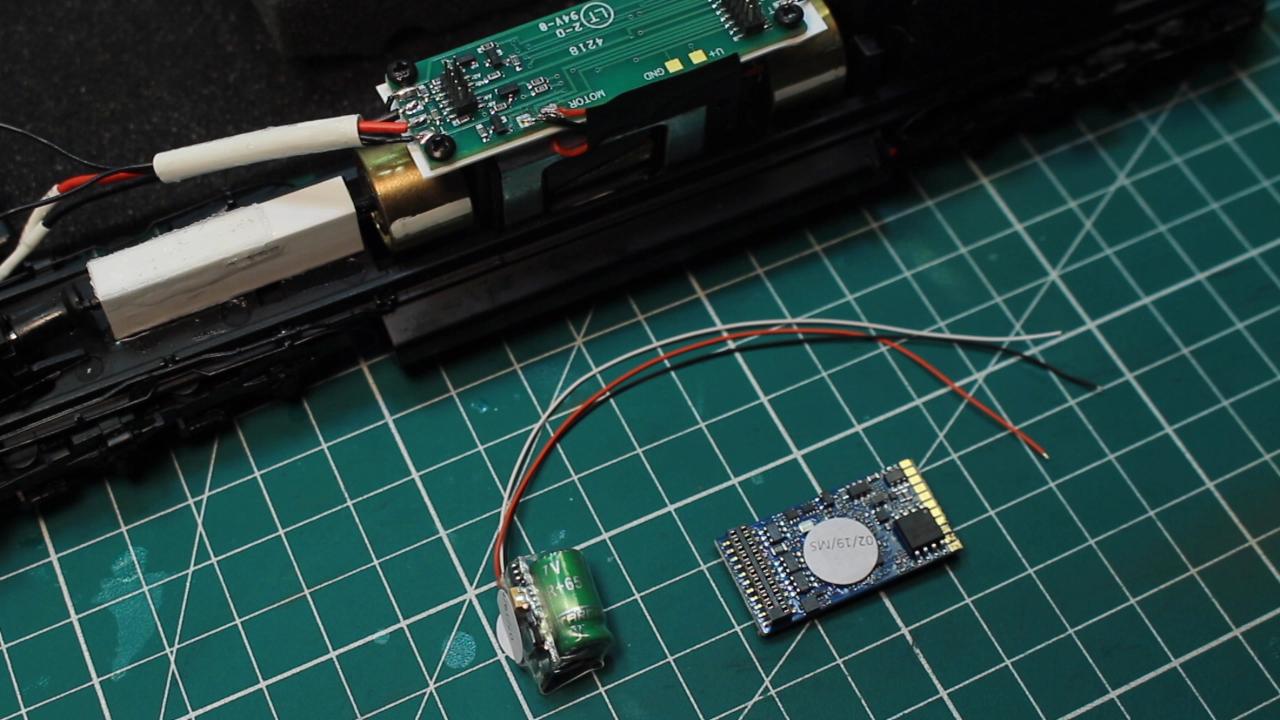
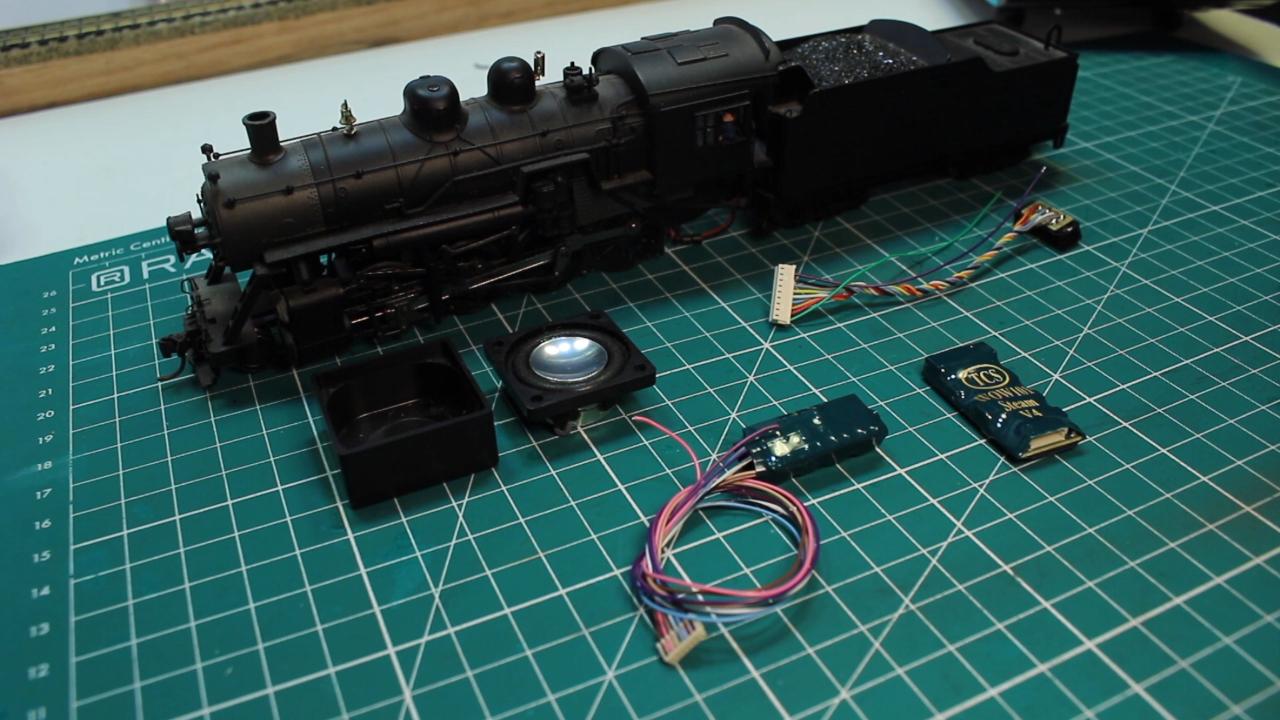


Your Instructor
Josh Clark
Josh Clark grew up in the mountains of Western North Carolina and has shared the hobby with his father since he was very young. Together, they have spent 12 years building a modern Norfolk Southern layout, which can be seen in many of Josh's videos. The layout is loosely based on the rail lines of North Carolina, and he enjoys modeling many of the scenes and trains that he saw growing up. By day, Josh is a medical student at the Medical University of South Carolina. One of the big reasons he loves this hobby is that it gives him an escape from long hours of working and studying. Whether it's building a locomotive in the evenings or finishing scenery on the layout back home with his father, Josh finds the hobby to be a great source of relaxation, friendship, and skill that can apply to many other areas of life.
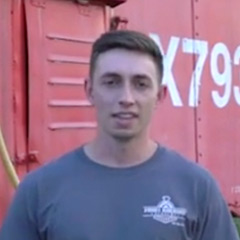
Bonus Material
Class Guide PDF
Download and print this detailed guide as a reference for the key aspects of adding DCC and sound to locomotives
Class Supplement PDF
Use this handy reference for help in sourcing decoders, speakers, and LED lights for your system
Video: Meet Your Instructor
Download this short video to meet your class instructor, Josh Clark
Bonus Materials available for download after purchase.
